Fertilizer for raspberries in spring, how to choose the best, how to carry out the first fertilizing
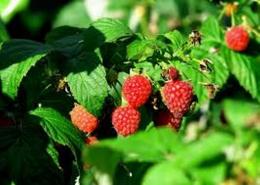
Although raspberries refers to unpretentious crops, fertilizing, especially in the spring, will not be superfluous. However, it is important to consider that not all fertilizers will be useful when applied in the spring.
So, when selecting them, you should focus on the time of application and the condition of the plants.
Content:
- What fertilizer is recommended for raspberries in spring?
- How to make the first spring feeding of raspberries
- How to determine what raspberries are missing?
- Fertilizing raspberries with ash, yeast, chicken droppings
- Features of feeding at different stages of spring
What fertilizer is recommended for raspberries in spring?
Particular attention should be paid to mature bushes that have managed to use up the reserves of nutrients embedded in the soil during planting. In this case, early feeding is a must. It makes sense to understand in detail which fertilizer is best to use for raspberries in the spring, and which during the fruiting period.
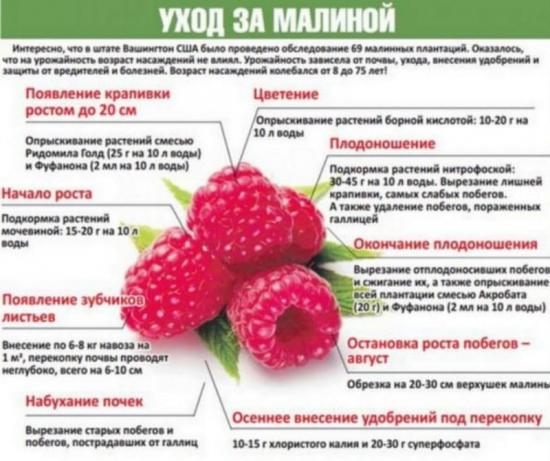
For this, gardeners use both mineral and organic mixtures; the methods of application also differ. You can select the latter based on the available funds.
The obligatory fertilizer for the spring period is nitrogen, which is contained in large quantities in both types of mixtures.
However, if there is a lack of not only nitrogen, but also potassium with phosphorus, it is recommended to resort to complex or separate application of mineral fertilizers:
- Potassium salt - increases productivity, plant resistance to temperature changes, strengthening plant shoots. Apply fertilizer 40 g per 1 m2;
- Urea (can be replaced with ammonium sulfate) - stimulates stem growth processes. For large shrubs it is recommended to apply 10 g of urea (12 g of saltpeter) per 1 m2. Application is carried out in parallel with loosening the soil;
- Superphosphate - stimulates the growth processes of the root system and shoots of raspberries. Contains a large number of compounds that dissolve in water: potassium, phosphorus and magnesium, increases yield volume and taste. In addition, it activates the processes of resistance to bacterial and fungal diseases. It is recommended to apply at the rate of 30 g per 1 m2;
- Kemphir is a complex mineral fertilizer that contains a mixture of useful micro- and macroelements. Before application, it is recommended to dilute three large spoons of Kemfira in 10 liters of water. Water at the rate of 1 liter of solution per bush raspberries.
It is recommended to fertilize with mineral fertilizers in spring and early summer. This will help achieve maximum effect.
A good alternative to chemical mixtures are organic.
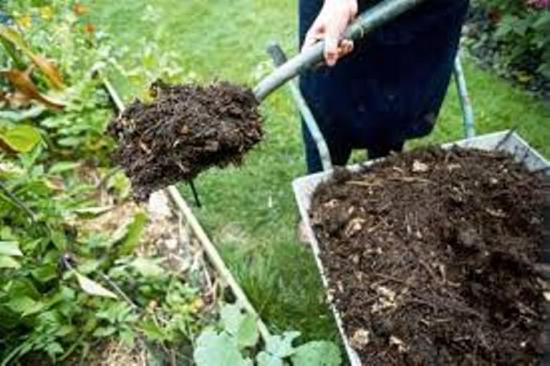
The most common types include:
- Slurry - to make it, you need to pour fresh mullein with water in a ratio of 1:10 and let it brew for a week. Water the raspberries with the resulting mixture at the rate of 1 liter of liquid per bush;
- Cleaning potatoes - characterized by a large amount of potassium. To make fertilizer, it is recommended to pour boiling water over fresh peelings and let it brew. Use the resulting mixture for watering;
- Herbal infusions - for production, you need to collect and grind weeds, dandelions and nettles, add water (1 kg of herb - 10 liters of water). Let stand until fermentation and dilute in a ratio of 1:10. When watering, one bush should use up to 2 liters of mixture.
It is important to remember that all components of organic fertilizers must be environmentally friendly and free of chlorine and other chemicals. This may be dangerous for raspberries.
How to make the first spring feeding of raspberries
It is recommended to prepare in advance before applying directly. It is so important to consider the need:
- Clear the raspberry forest from winter shelter;
- Carry out the first sanitary and formative pruning of the bushes. This is important for removing damaged plant parts;
- Weed, remove weeds and carry out the procedure of loosening the soil.
Only after these measures have been carried out can you begin to directly apply fertilizing. In spring, you should pay special attention to root and foliar plants. They are necessary to saturate the substrate with nutrients that will flow to the roots during watering.

In order for feeding activities to be successful, it is also recommended:
- Apply fertilizers on cloudy days, ideally before heavy rain;
- It is important to ensure that the mixture does not get on the raspberry leaves. This can trigger the development of a chemical burn;
- If the soil of the raspberry tree is dry, it is recommended to organize abundant watering.
When preparing organic mixtures, it is important to consider that fermented compounds can negatively affect the plant.If the fertilizing was carried out in a timely manner, in accordance with all the rules, it will soon be possible to note the active growth of the bushes, with abundant fruiting.
How to determine what raspberries are missing?
You can understand exactly what substances a shrub lacks by visual assessment. This will help to apply the necessary fertilizer in a timely manner and prevent the development of unpleasant consequences.
So, it is recommended to pay attention to:
- A slowdown in the growth rate of leaves, a decrease in their size, and loss of color of leaf blades are a consequence of a lack of nitrogen;
- Thinning and slowing down of shoot growth processes - lack of phosphorus;
- Yellowing of leaves, with veins retaining a green color - evidence of iron deficiency;
- The formation of a brown tint, drying out of the leaves along the edge of the blade, their curling - lack of potassium;
- Yellowing of leaf blades, starting from the central part, a general slowdown in the growth rate of the entire bush - lack of magnesium.
It is important to pay attention to such little things before applying fertilizer, since the harm raspberries can cause either a lack of nutrients or an excess. In order for the plant to be healthy, you need to strictly monitor the correct application and selection of preparations.
Fertilizing raspberries with ash, yeast, chicken droppings
In addition to mineral fertilizers, organic fertilizers will help maintain raspberries in normal condition. The most common ones include the following.
Wood ash
Rich in potassium and other useful microelements that are included in the composition. Before direct application, the ash can be diluted in water or sprinkled on the soil during loosening.
It should be taken into account that a glass of ash should be consumed per 1 m2 of soil.The main advantage of ash as a fertilizer is the fact that it does not contain chlorine, which can negatively affect the condition of the bushes.
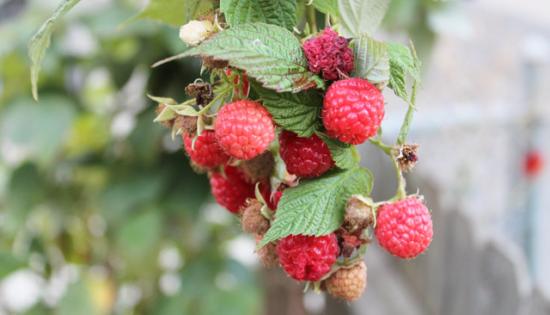
Yeast
They activate the processes of decomposition of organic compounds in the soil. It is better to introduce yeast towards the end of spring, when the soil has sufficiently warmed up. Before use, it is recommended to dilute 1 kg of fresh yeast in heated water with a small amount of sugar.
Before watering, the mixture must be diluted in a ratio of 1.5 liters per 10 liters of water.
Chicken droppings
The composition contains a large number of nutritional elements. However, it is important to remember that most of it is nitrogen, which in its pure form can damage the plant.
Therefore, before entering feeding It is recommended to thoroughly dilute the droppings in water. In its pure form it is used only for the complete destruction of weeds or pests. Before diluting, the litter should be dried for better dissolution in water.
It can be applied both in early spring and in autumn when preparing shrubs for wintering. In some cases, litter is used in combination with mineral substances.
This will have a positive effect on the condition of the plants, activate growth processes and increase yield rates.
Traditional organic fertilizers are in no way inferior to chemical mixtures. However, it is important to remember that an excess of nutrients is just as dangerous as a deficiency. Therefore, during the manufacturing process and direct application, it is worth taking into account the rules and features of fertilizing.
Features of feeding at different stages of spring
Before you start feeding, it is important to remember that chaotic application can negatively affect the condition of the entire raspberry tree.As in any other matter, frequency is important here, which should not be forgotten.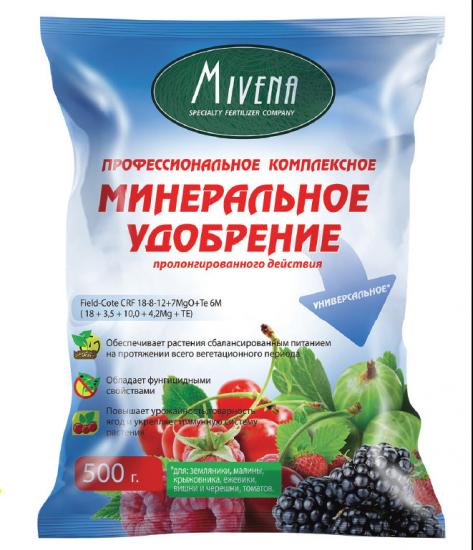
So, depending on the stage of spring, the required fertilizers will differ:
- Early stage - begins immediately after the snow has completely melted. Before the time comes to fluff up the soil, it is worth enriching the soil with nitrogen, which can be done with ammonium nitrate or urea. Before the procedure, the soil should be thoroughly moistened;
- Immediately after enriching the soil with nitrogen, it is recommended to mulching wood ash if urea or ammonium nitrate was added. This will help reduce the acidity level in the soil. You can also use potassium nitrate, which is rich in nitrogen, but is not among the acids and does not oxidize the soil;
- At the second stage of spring, if mulching has not been done before, it is recommended to sprinkle the soil with dry humus, compost, which includes peat, or manure;
- In late spring, it is worth watering the soil with an infusion of cow manure. The mixture should first be infused for a week and, after stirring in water, used for watering.
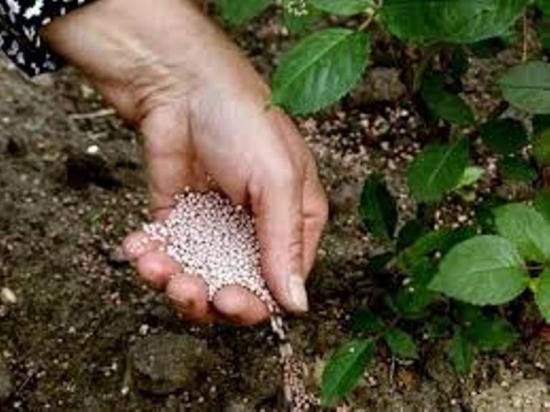
If the frequency is observed, the likelihood of developing serious problems in the raspberry field disappears. The correct ratio of substances and distribution over the soil will have a positive effect on the condition raspberry.
Spring feeding of raspberries is an important care activity, the effectiveness of which should not be underestimated.
This is especially true for mature bushes that have managed to use up the useful macro- and microelements of the soil.
Timely and proper fertilizing will not only increase plant resistance to disease, but also increase harvest volumes.
We invite you to watch an interesting video about feeding raspberries:

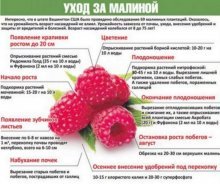
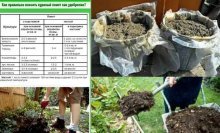
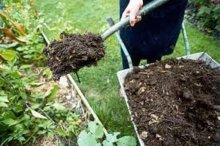
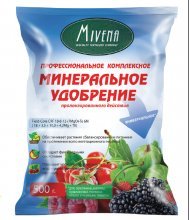
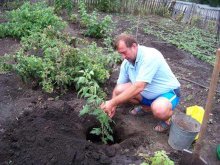
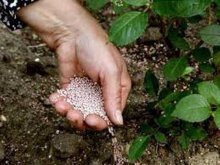
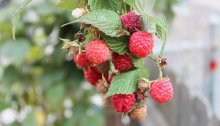
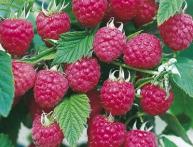
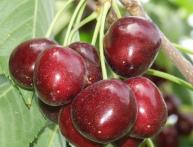

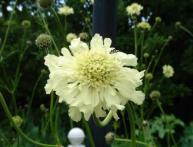
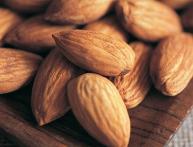
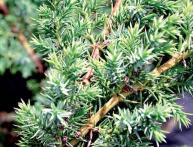
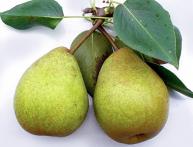
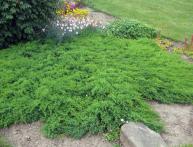
Comments
And we feed raspberries both in spring and autumn.Ours is a high-quality variety and quite large. But the taste is certainly worse than the forest one and less aromatic. So care is important, of course, but the variety is also important.
I’ve never fed raspberries in the spring, but now I’ll definitely try it. It is important to apply fertilizers in the correct quantities and on time. The harvest I harvest is generally quite good, but the berries are a bit small. Perhaps precisely because of improper feeding.
My mother fertilizes raspberries with chicken post diluted with water. Or, when he cleans the barn, he puts straw from there under the shoots. Raspberries grow well, the harvest is normal every year.
I'm sorry, I mistyped. Fertilizes with droppings.